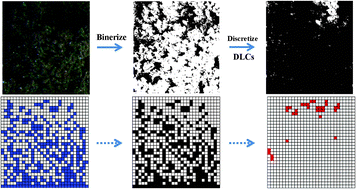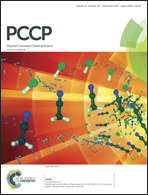Quantifying the dependence of dead lithium losses on the cycling period in lithium metal batteries
Abstract
We quantify the effects of the duration of the charge–discharge cycling period on the irreversible loss of anode material in rechargeable lithium metal batteries. We have developed a unique quantification method for the amount of dead lithium crystals (DLCs) produced by sequences of galvanostatic charge–discharge periods of variable duration τ in a coin battery of novel design. We found that the cumulative amount of dead lithium lost after 144 Coulombs circulated through the battery decreases sevenfold as τ shortens from 16 to 2 hours. We ascribe this outcome to the faster electrodissolution of the thinner dendrite necks formed in the later stages of long charging periods. This phenomenon is associated with the increased inaccessibility of the inner voids of the peripheral, late generation dendritic structures to incoming Li+.



 Please wait while we load your content...
Please wait while we load your content...